Ilan Rubin's top tips for audition success
Nine Inch Nails man tells you how to bag great gigs
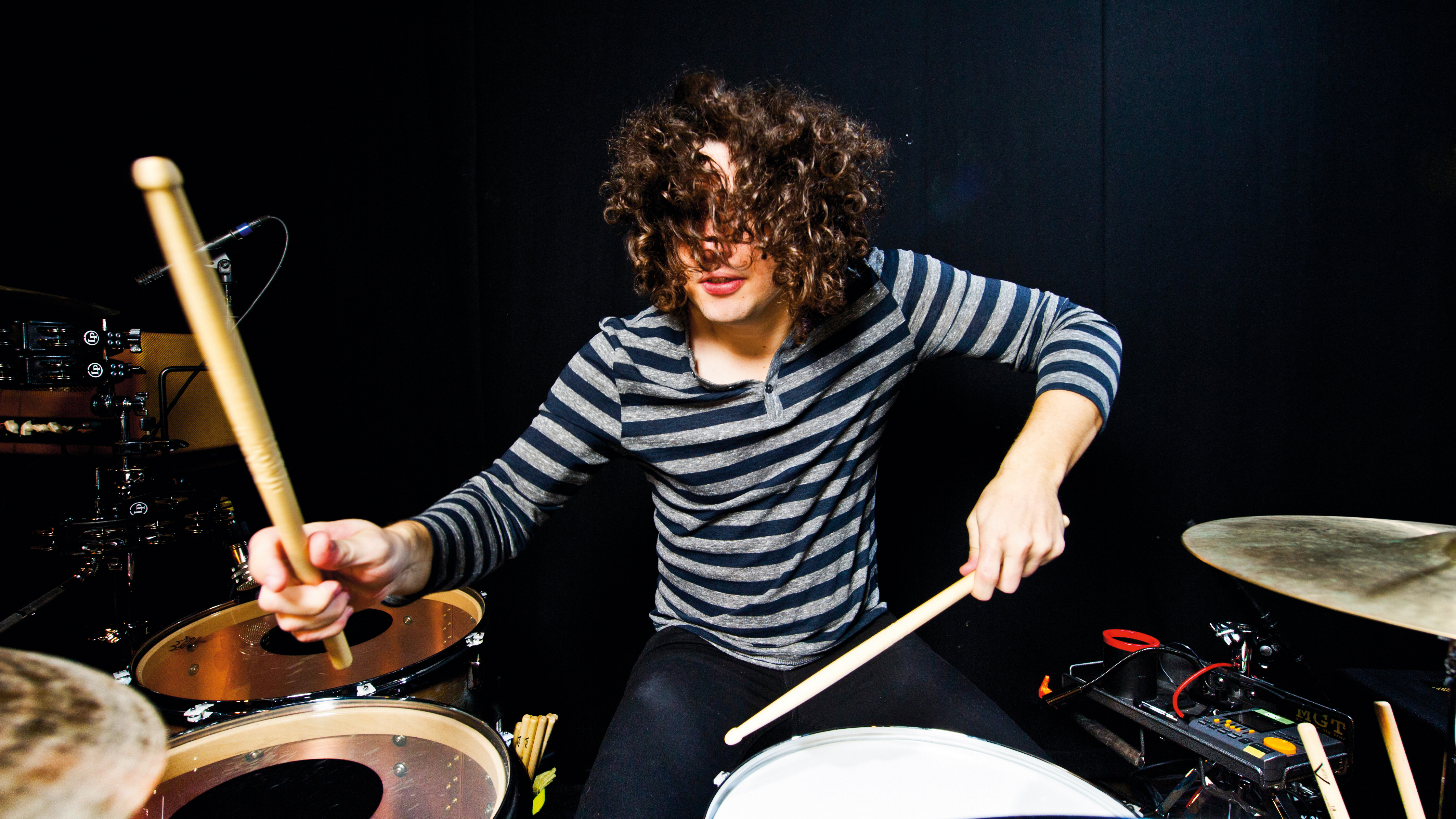
Ilan Rubin's five steps to audition success
Auditions are more often than not pretty terrifying affairs.
Riddled with nerves you head into a rehearsal room and might have just a few minutes to make an impression good enough to land you a gig.
One man that has this terrifying scenario down to an art is Ilan Rubin. The personable sticksman has wowed the likes of Paramore, Tom Delonge and Trent Reznor, bagging gigs with all three.
As he prepares to head back into the UK with Nine Inch Nails, we’ve put together Ilan’s top five tips on how to nail auditions time after time.
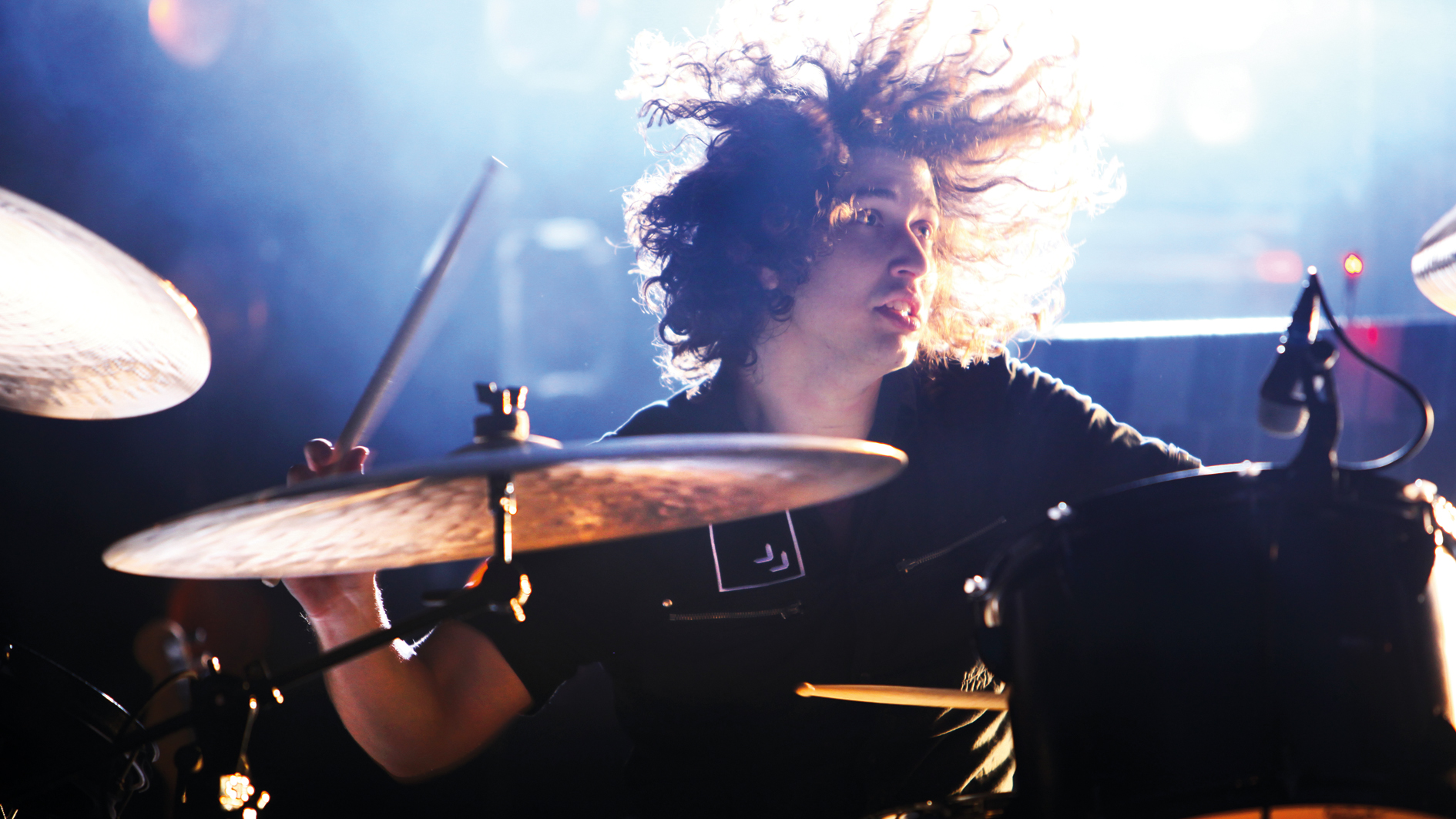
Personality
“When a band brings somebody in it’s because they need somebody to tour with. Aside from the obvious ‘can they handle the parts?’ question, the first thing that comes up is, ‘Can I hang out with this person for a lengthy period of time and handle it?’
"There are instances where people can be great drummers but they’re a pain in the ass to deal with, and I think a lot of the time people would sacrifice a little bit of skill to have someone they can get along with. Touring means you’re going to be in pretty close quarters every day for a very long time. People can get on each other’s nerves very quickly if they don’t get along well to begin with. I’ve had to audition people for The New Regime touring band and there have definitely been people who have been easier to deal with than others.
"As a drummer, I almost make a point to be extra quiet when I’m first introduced to a new situation, just so I can get an understanding of how these people are. I’m always coming into a situation where there’s a tight-knit group of people and I’m the odd man out; I want to see how they are as people and they want to see how I am.You don’t want to get off on the wrong foot – make a good first impression, tread lightly and be very aware.”
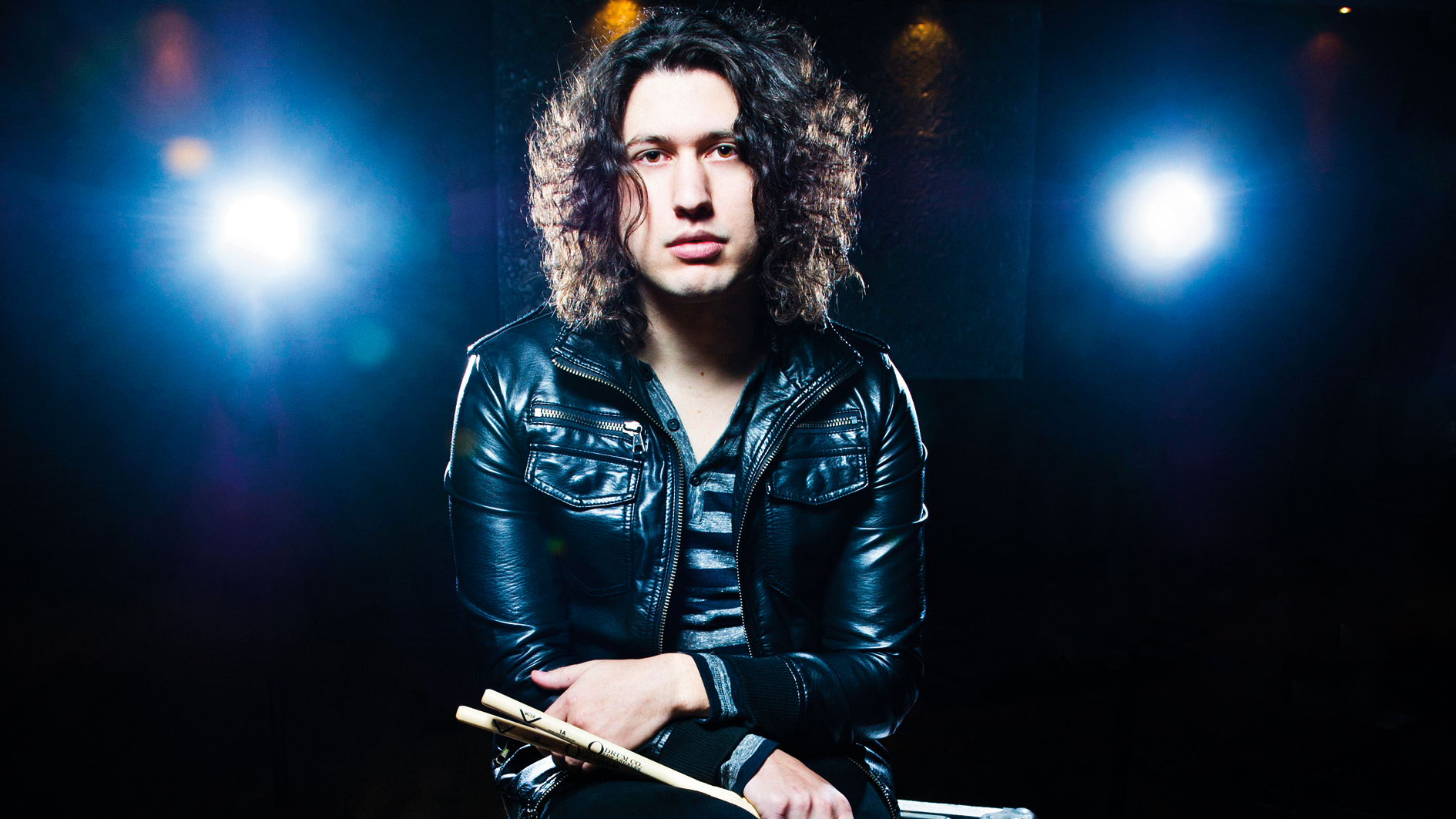
Professionalism
“When you start getting into the details of playing I think it’s very unprofessional to ingrain yourself into the parts. It all boils down to the fact you’re there to do a job. It’s different when you’re a founding member of a band and you’re there to do your thing from when you’re stepping in as a hired hand – in that situation you’re there to do someone else’s thing and keep the machine moving forward in terms of the live show.
"What I think happens with a lot of drummers is that they are very eager to show what they can do. Rhythmically you can get away with it and it’s still the same song, whereas with a guitar player or bass player they’re still tied down to the chords of the songs and can’t deviate too much. Drummers have the unfortunate luxury of being able to do a lot within the framework of the song.
“When I’m learning other people’s songs I’m aware of what the guitar, bass and vocals are doing. Why would I do anything to get in the way of those other things that are going on? Growing up, the natural thing is to try to get better and better. The older you get, you understand that the term ‘better’ means different things. It could mean gospel chops, being more solid, being dynamic, or all of the above. The difference between skillset and being that integral component of a band is something that needs to be understood more.”
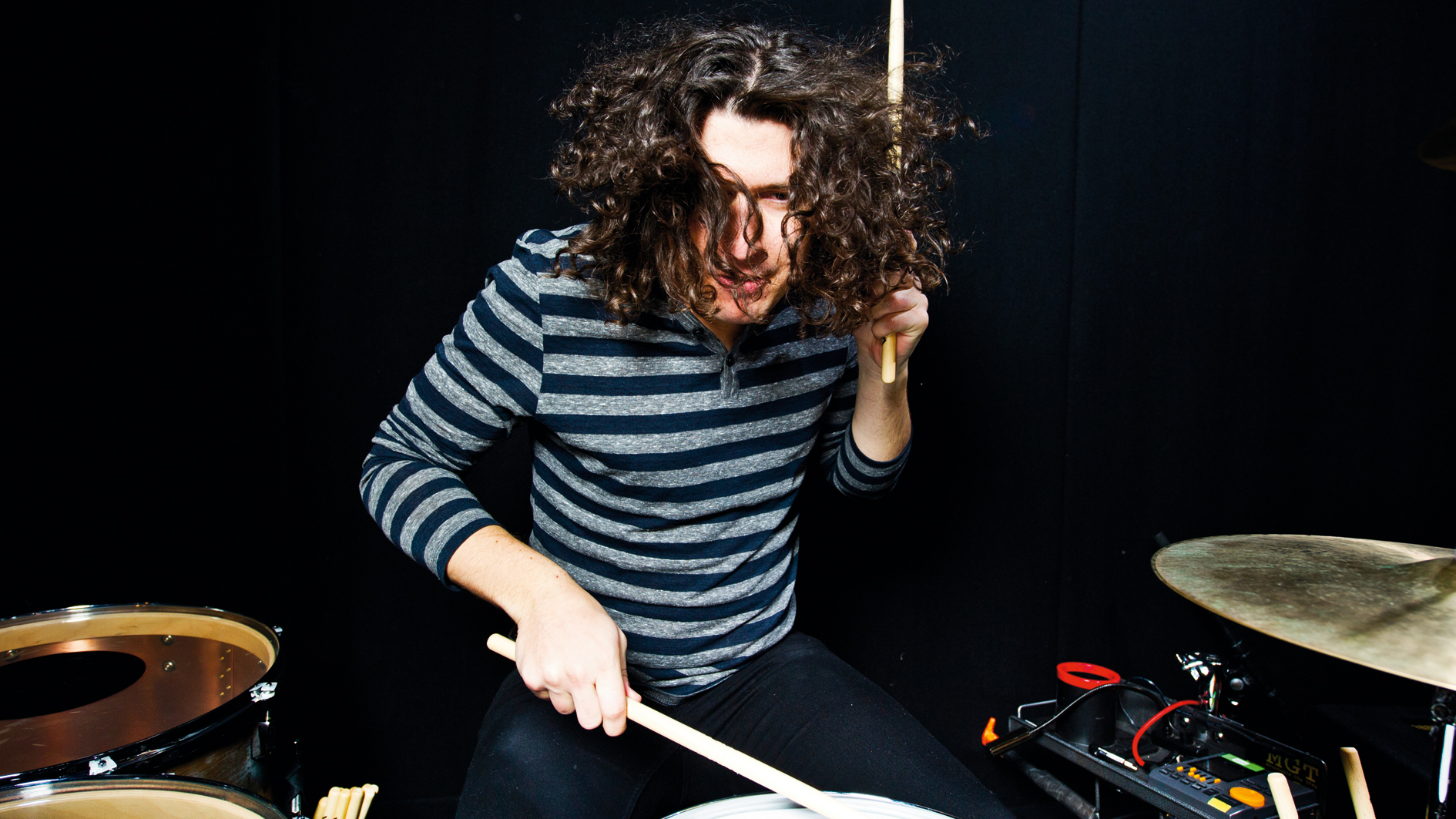
Location
“LA is one of the music capitals of the world; to be 100 percent honest I don’t like LA, but it’s a good thing that I’m close enough to work there.
"Not only for recording sessions, and because they have some of the world’s best studios, but a lot of people like to hub there and rehearse there before a tour. It’s definitely good to be close enough to get there, but if I’m there and not working it’s shocking how quickly I can get depressed!”
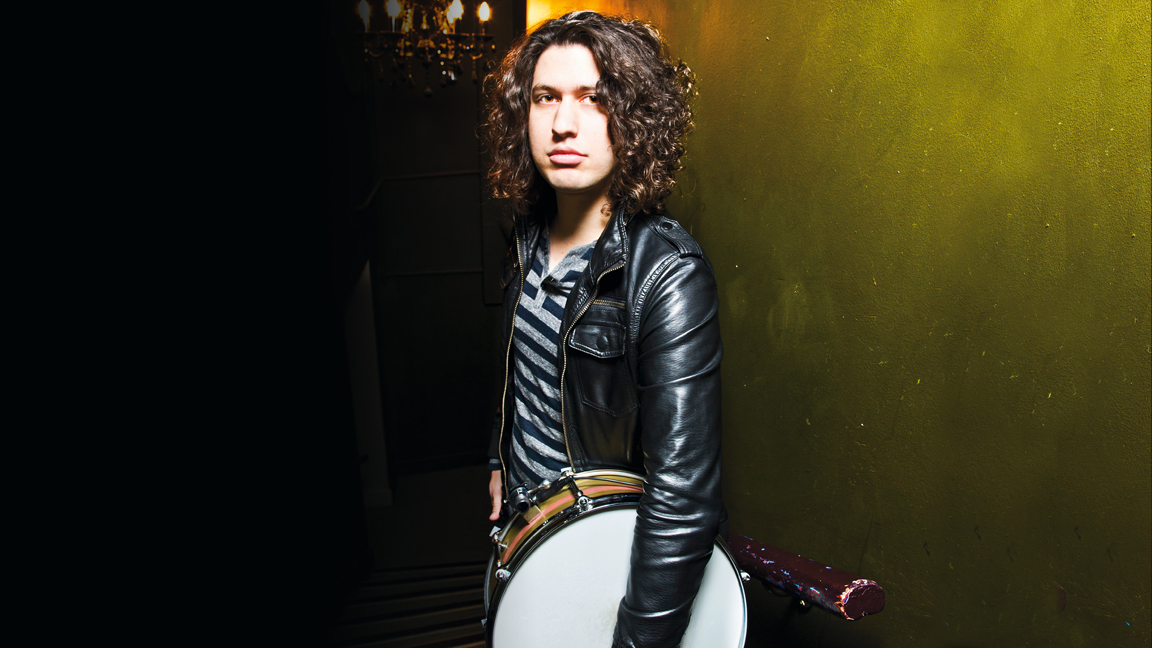
Gear
“I like to be as prepared as possible. When you listen to the song you definitely get an idea of the sound the artist is trying to go for. I think the drum sizes are very important.
"I generally like to play very big drums – 26", 14", 16", 18" – that’s what I’m comfortable with. Fortunately I can get away with that in all of the bands I’ve played in, but in the studio you can’t always get away with it. You certainly can’t get away with a 26" all the time or a 14" tom – usually a 22" or 24" will do the trick and 12" and 13" toms are safe bets, because they have that versatile tuning. As long as you have a 16" you’re good to go.”
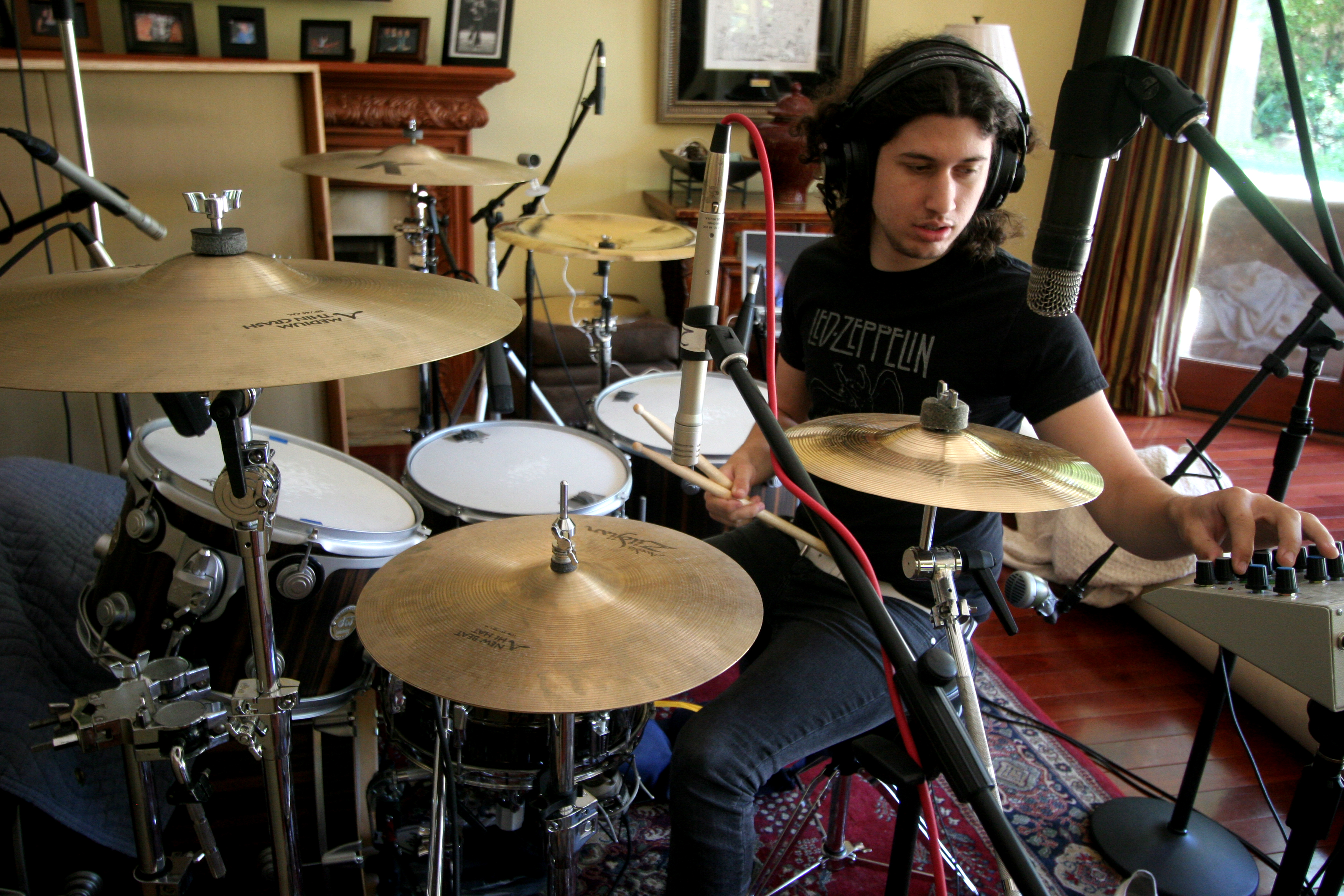
Image
“The main thing is that the person looks natural and comfortable with the way they are playing. I think a lot of people try too hard to be performers and it looks awkward. You don’t have to be headbanging all the time. The fact that I have this hair makes me look like I’m going all over the place. At the same time you don’t want someone back there barely tickling the drums.
"Put on a show in your own way. Everybody performs differently. In terms of physical image, I don’t think I necessarily fit the image of any of the bands that I’ve played in. I don’t think you’d look at me and think Nine Inch Nails and Paramore... certainly not Lostprophets. You just have to carry yourself comfortably. It’s easy to spot somebody who’s trying too hard, and then you instantly don’t buy it. I am who I am and that’s just that. Very neutral, dark colours work, nothing that stands out too much. Being genuine is the most important thing.”
“I’m sorry I ruined your song!”: Mike Portnoy hears Taylor Swift's Shake It Off for the first time and plays along... with surprising results
“Nile's riff on Get Lucky is a classic example of a funk riff, where the second of each 16th-note duplet is slightly delayed”: Locking down the theory of groove
“I’m sorry I ruined your song!”: Mike Portnoy hears Taylor Swift's Shake It Off for the first time and plays along... with surprising results
“Nile's riff on Get Lucky is a classic example of a funk riff, where the second of each 16th-note duplet is slightly delayed”: Locking down the theory of groove









